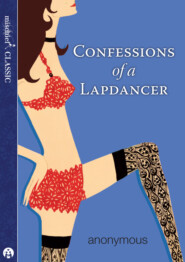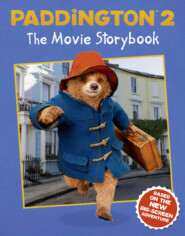По всем вопросам обращайтесь на: info@litportal.ru
(©) 2003-2025.
✖
Digital Photographer
Автор
Год написания книги
2019
Настройки чтения
Размер шрифта
Высота строк
Поля
Pets are one subject where fancy techniques are not required; just fill the frame with your subject and fire away. Remember, though, that animals are not always the easiest subjects to work with.
Photographing Your Pets
Many people regard their pets as part of the family – and photograph them along with the rest. Getting good shots of Felix or Rover is relatively easy – because they are always around. The secret lies in having your camera loaded with film or with its battery charged and ready for use at a moment’s notice. That way you can react as soon as you see the potential for a good photograph.
As far as possible, you should avoid the use of flash, as this can bounce back from your pet’s eyes, producing the canine or feline equivalent of human red eye. Instead, go for an ISO400 setting and try to take your pictures when there is a reasonable level of light.
Spontaneous, natural, pictures are often the best, but there is nothing to stop you setting up a more posed shot – the way you would shoot a portrait of a person. Once again, you need to work in good light, so that flash is not required, but you should also seek out a plain backdrop, such as a wall, to help concentrate attention on the subject.
LIGHTING TIPS Animals generally do not like bright lights and will often react badly to flash guns. The key is to ensure that the room is well lit and your pet is comfortable.
Perfect Timing
One of the best times to photograph animals like cats and dogs is when they have just eaten – they are less likely to be energetic and more likely to stay in one place. That said, you might prefer to take some action shots – of a dog jumping in the air to catch a stick, or maybe a cat chasing a toy mouse.
Some pets – such as these rabbits – scare easily and can be difficult to capture well. Give such subjects food to put them at ease.
The secret to photographing cats lies in holding their attention. Here the photographer got everything ready and then made a squeaking sound.
Dogs can be great subjects for pet photography because they like showing off and will often play to the camera. Give them props, and they will have even more fun!
What technique do you use if you have a different kind of pet? It depends on a number of factors, including how big it is, how active it is and how tall it is. With smaller animals, such as hamsters, gerbils or tarantula spiders, you may need to get in closer to be able to fill the frame. In the case of creatures such as rabbits or ducks, you can stand further away and use a telephoto lens. If you are the proud owner of something more exotic – a snake or a gecko, for example – you will need to adapt your photography according to its habits. Take a broad range of images at first, including some of the pet with its owner.
Detail is important in good animal portraits. Every whisker, hair and pore can be clearly made out in this carefully composed image of a distinctly dubious-looking family hound.
EXPRESSION The faces of animals can feature expressions, just as well as those of human beings. This dog seems to have a superior, haughty manner that is emphasized by the strong eye contact it is making with the camera lens.
These days pets come in all shapes and sizes – but do not feel you have to include all of them in the picture. Cropping in tight often produces a great deal more impact.
If you are taking close-up portraits of your pets – whatever kind of animal they may be – you want to capture their personality and individual character traits as far as possible, just as you would in a portrait of a person. Try a sequence of shots taken as close together as possible and then select the best ones.
Successful portrait photography is straightforward – providing you follow a few simple rules. With a little effort and thought it is possible to produce portraits that really stand out from the crowd, portraits in which the person actually seems to come alive in front of you.
The Best Approach
For a start, decide what kind of approach you are going to take. Do you want a posed picture, in which the person is looking at the camera, or a candid, where they are unaware that you are taking the shot? Posed pictures offer the advantage that you have more control, but the disadvantage that people often freeze, making it difficult to capture them in a natural way. One of the most important skills is ‘connecting’ with your sitter, so that they trust you and will open up for you.
Lighting Portrait Photography
Вы ознакомились с фрагментом книги.
Приобретайте полный текст книги у нашего партнера:
Приобретайте полный текст книги у нашего партнера:











